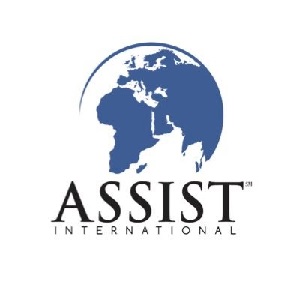While the COVID-19 situation is still evolving, we are doing everything we can to help healthcare providers in LMICs be prepared to provide life-saving care to patients in need. With this in mind, we have developed a comprehensive tele-education series to provide remote trainings and a platform for discussion and the sharing of best practices in caring for COVID-19 patients in low-resource settings.
In collaboration with Assist International and Stanford Global Anesthesia, we are honored to invite you to participate in our newest series - "COVID-19 Oxygen Therapy and Critical Care ECHO Series for Healthcare Providers in LMICs". Designed for all learners, including students, trainees, nurses and physicians, this series aims to increase preparedness of all providers caring for patients who require oxygen or critical care.
Welcome to the recorded session 2 of the series: "Diagnosing Hypoxemia and Pulse Oximetry"
In this session, we will work through a case study of a 56 year old man that presents with chills, weakness and dry cough. Practice improvement objectives will include:
1. Understand how to use a pulse oximeter & recognize pulse oximeter latency
2. Select and rank oxygen delivery devices by FiO2 delivered
3. Use the Lifebox Triage Tool to select the most appropriate oxygen delivery device and titrate oxygen therapy flows up or down
4. Assess your facility's oxygen supply & non-invasive oxygen delivery devices
With Panelists:
Dr. Papytcho Ntambwe
Livingstone Central Hospital, Zambia
Dr. Farai Madzimbamuto
University of Zimbabwe, Zimbabwe
Dr. Christina Menor
Lifebox, USA
Dr. Paulin Banguti
University of Rwanda, Rwanda
Dr. Alexi Milan
University of Botswana, Botswana
Dr. Julia Weinkauf
University of Minnesota, USA
Dr. Ana Maria Crawford
Stanford University, USA



